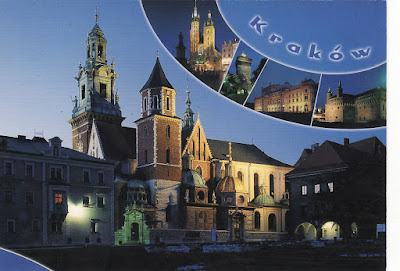Date of Inscription: 1997
Criteria: (ii)(iv)
Property : 6.4000 ha
Buffer zone: 4.8000 ha
County of Split-Dalmatia
N43 30 45 E16 15 6.012
Ref: 810
Trogir is a remarkable example of urban continuity. The orthogonal street plan of this island settlement dates back to the Hellenistic period and it was embellished by successive rulers with many fine public and domestic buildings and fortifications. Its beautiful Romanesque churches are complemented by the outstanding Renaissance and Baroque buildings from the Venetian period.
http://whc.unesco.org/en/list/810
With many thanks to Jelena from Croatia!


















































.jpg)